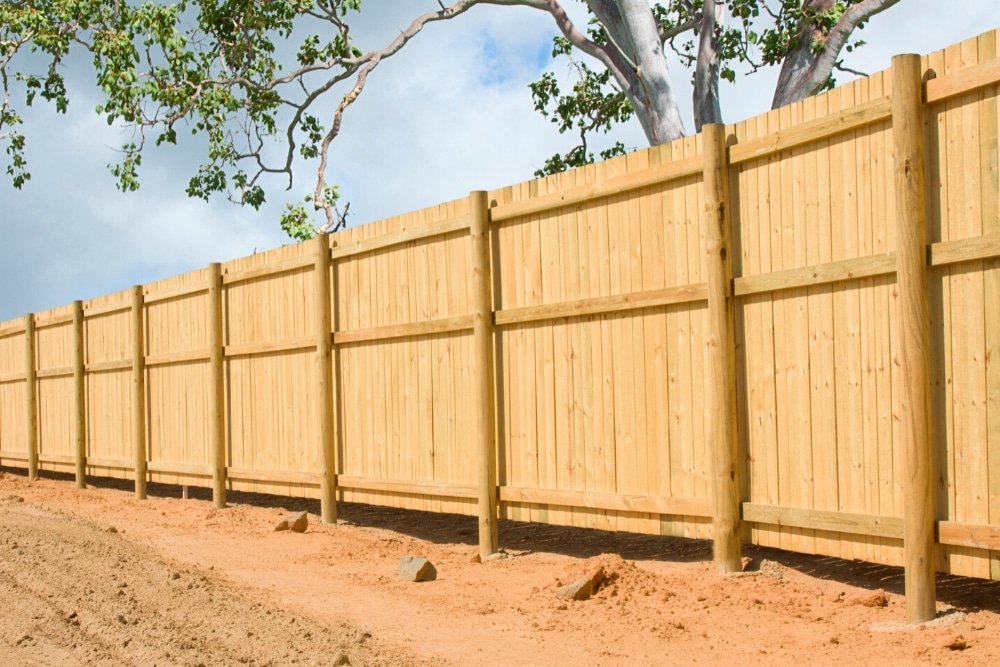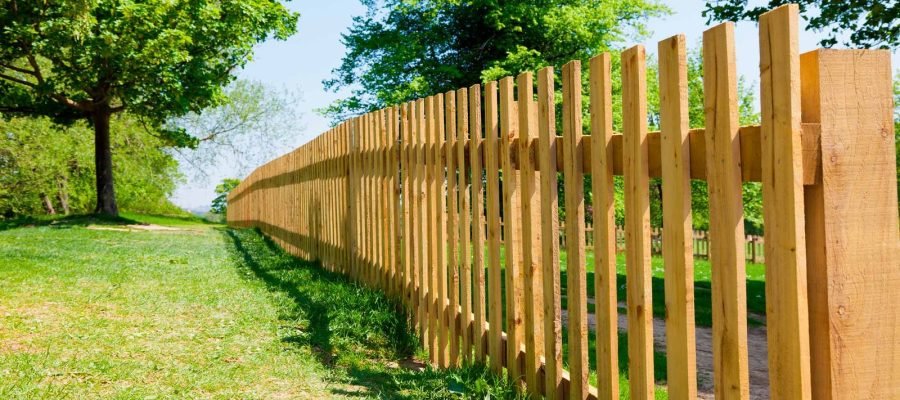How to Build a Fence: A…
Learn how to build a fence with this DIY guide for Auckland homeowners. Explore tools,…
Setting fence posts at the right depth is essential for a sturdy, long-lasting boundary,
especially in Auckland’s diverse terrain and weather. With today’s date being 09:42 PM +06 on Sunday, June 22, 2025, and the region facing 1200 mm of annual rainfall, per NIWA, proper installation prevents leaning or collapse. Whether you’re a DIY fence builder in Mount Eden, a property owner in North Shore, or a rural landowner in Titirangi, this guide offers practical advice tailored to NZ conditions and building codes. For complex projects or expert results, My Homes Fencing Expert—contactable at 022 315 8987 or info@myhomesconstruct.co.nz—builds fences that last from pickets to paddocks across Auckland. Let’s dig into the details!
The depth of your fence posts impacts more than just appearance.
Why It Matters: Proper depth saves money and hassle—My Homes Fencing Expert guarantees it.
Follow these guidelines to meet Auckland’s needs.
Rule Tip: Measure twice—My Homes Fencing Expert verifies depths.
Adjust depth based on these local conditions.
Factor Insight: Soil drives depth—My Homes Fencing Expert assesses onsite.

Equip yourself for a solid fence post installation.
Tool Tip: Rent an auger—My Homes Fencing Expert suggests local hires.
Follow these steps for a secure fence in Auckland.
Safety Tip: Wear gloves—My Homes Fencing Expert stresses protection.
Build a durable fence with these insights.
Pro Tip: Seal posts with Resene ($80/4L)—My Homes Fencing Expert adds protection.
Can I set posts directly in soil without concrete?
Not recommended in Auckland’s wet clay—concrete adds 20% stability, per NZS 3604. My Homes Fencing Expert advises Mount Eden pros.
What’s the best depth for windy areas in Auckland?
800 mm–1.2m for coastal North Shore (60 km/h winds), per NIWA June 2025. My Homes Fencing Expert deepens for St Heliers.
How far apart should fence posts be spaced?
2–2.4m for residential in Titirangi, per NZS 3604, depending on height. My Homes Fencing Expert spaces for Papatoetoe.
What if my soil is rocky?
Use an auger and increase depth to 800 mm in Remuera, per 2025 tips. My Homes Fencing Expert handles rock challenges.
Do I need consent?
Yes, if over 1.5m or structural—20-day process, per Auckland Unitary Plan 2025. My Homes Fencing Expert manages permits.
The right post depth is key to a long-lasting, sturdy fence—especially in Auckland’s varied terrain, where 1200 mm rainfall, per NIWA June 2025, demands solid foundations. From digging 600 mm holes in Mount Eden to adding concrete in North Shore, this guide equips DIYers and property developers with NZ-compliant steps to avoid leaning or collapse. Pro tips like using H4 timber and wind bracing enhance durability, while safety gear keeps you secure. For durable, professionally installed fencing or complex projects, trust My Homes Fencing Expert to do it once and do it right.
Learn how to build a fence with this DIY guide for Auckland homeowners. Explore tools,…
Learn how to layout a curved fence with this DIY guide for Auckland homeowners. Discover…
How Deep Do How Deep Do Fence Posts Need to Be? Introduction Building a sturdy,…